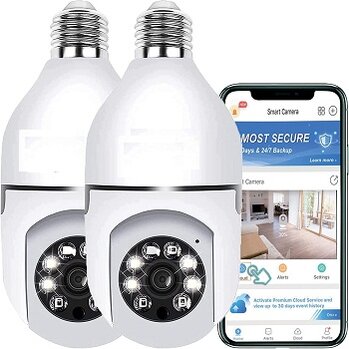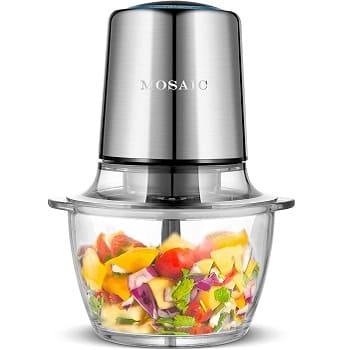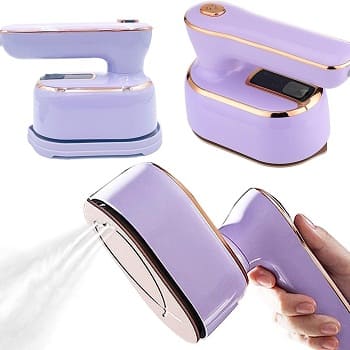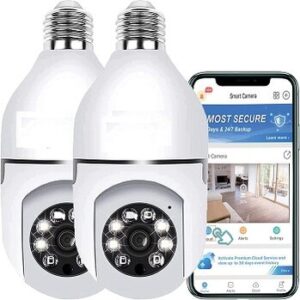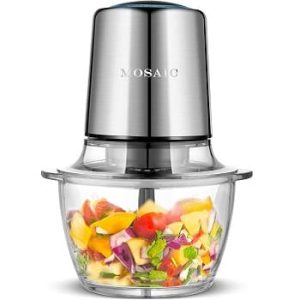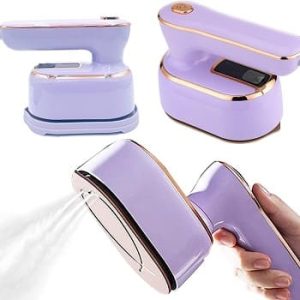Transparent Waterproof Sealant Sealer Glue day and age, where Do-It-Yourself projects are the fury, having the right devices and materials available to you is fundamental. Whether you’re dealing with a home improvement project or creating something uniquely great, one thing that ought to continuously be in your tool stash is a straightforward waterproof sealant sealer stick. In this exhaustive aid, we will dive into the universe of straightforward waterproof sealants, investigating what they are, the way they work, and why they are an unquestionable requirement for any Do-It-Yourself lover or expert.
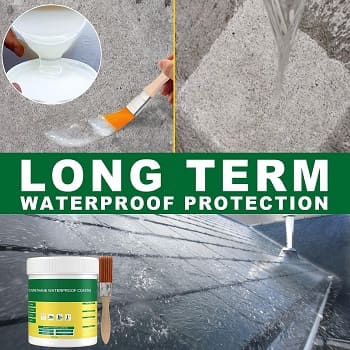
Related Product

Glues For Shoe Repair
What is Transparent Waterproof Sealant Sealer Glue?
Straightforward Waterproof Sealant Sealer Glue is a specific Sealant Sealer Glue intended to bond and seal materials while staying straightforward in the wake of drying. Dissimilar to normal paste, which might leave a noticeable buildup or require covering up, straightforward sealants give a tactful and dependable arrangement. They are formed to oppose water, making them ideal for both indoor and outdoor applications.
How Does Transparent Waterproof Sealant Work?
Straightforward Waterproof Sealant Sealer Glue work by making a tight sub-atomic connection between the Sealant Sealer Glue and the surfaces they are applied to. This bond isn’t areas of strength for simply likewise impenetrable to water, forestalling holes and dampness harm. The straightforwardness of these sealants guarantees that they stay subtle, making them ideal for applications where style matter.
Types of Transparent Waterproof Sealants
4.1. Silicone-Based Sealants
Silicone-based sealants are known for their uncommon adaptability and strength. They can endure outrageous temperatures, making them appropriate for fixing holes and joints in different conditions. These sealants stick well to glass, metal, plastic, and pottery.
4.2. Polyurethane Sealants
Polyurethane sealants are flexible and give incredible grip to a great many materials, including wood, cement, and brickwork. They are impervious to UV beams and cruel weather patterns, making them ideal for outside use.
4.3. Acrylic Sealants
Acrylic sealants are not difficult to work with and dry rapidly. They are appropriate for fixing holes and breaks in inside applications. While they are not quite so strong as silicone or polyurethane sealants, they offer great attachment and adaptability.
Advantages of Using Transparent Waterproof Sealants
Transparent waterproof sealants offer several advantages, including:
- Waterproofing: They create a Waterproof Sealant Sealer Glue barrier, preventing water from seeping through surfaces.
- Invisibility: They remain transparent, preserving the aesthetics of the bonded materials.
- Versatility: They can be used on various surfaces and for different applications.
- Durability: They provide long-lasting results, even in challenging conditions.
Common Applications
Transparent waterproof sealants find applications in a wide range of projects, including:
- Window and Door Sealing: Prevent leaks around windows and doors.
- Bathroom and Kitchen Repairs: Seal sinks, showers, and countertops.
- Outdoor Projects: Bond and seal outdoor structures, such as birdhouses and garden ornaments.
- Automotive Repairs: Fix minor automotive leaks and cracks.
- Crafting and DIY Projects: Enhance the longevity of your DIY creations.
How to Apply Transparent Waterproof Sealant
7.1. Surface Preparation
Before applying transparent waterproof sealant, it’s crucial to prepare the surface properly. Ensure that the surface is dry.
7.2. Application Process
Apply the sealant evenly, following the manufacturer’s instructions. Use a caulk gun for precise application. Smooth the sealant with a tool or your finger, removing any excess. Allow it to dry according to the recommended curing time.
Tips for Effective Usage
- Store sealants in a cool, dry place.
- Wear protective gear, such as gloves and goggles, when working with sealants.
- Always read and follow the manufacturer’s instructions.
- Test the sealant on a small, inconspicuous area before applying it to the entire surface.
Transparent Waterproof Sealants vs. Traditional Sealant Sealer Glue
Transparent waterproof sealants offer distinct advantages over traditional Sealant Sealer Glue. While glues are designed solely for bonding, sealants provide both bonding and sealing capabilities. Additionally, sealants are waterproof and remain transparent, ensuring a cleaner and more durable result.
Selecting the Right Transparent Waterproof Sealant
Choosing the right sealant depends on your project’s requirements. Consider factors such as the type of materials you are bonding, the environmental conditions, and the desired transparency. Always consult the manufacturer’s recommendations for guidance.
Safety Precautions
When working with transparent waterproof sealants, prioritize safety. Ensure adequate ventilation in enclosed spaces, and avoid contact with skin and eyes. In case of contact, rinse thoroughly with water and seek medical attention if necessary.
Maintenance and Longevity
Proper maintenance can extend the longevity of sealant bonds. Inspect sealed areas regularly and reapply sealant as needed to prevent water damage or deterioration.
Conclusion
Transparent waterproof sealant sealer Sealant Sealer Glue is a valuable addition to any DIY enthusiast’s toolkit. Its ability to provide strong, waterproof bonds while remaining nearly invisible makes it a versatile and indispensable product for various projects. By following proper application techniques and safety precautions, you can harness the full potential of transparent waterproof sealants.
FAQs (Frequently Asked Questions)
1. What is the difference between transparent waterproof sealants and regular glue?
Transparent waterproof sealants offer both bonding and sealing properties, making them ideal for applications requiring water resistance. Regular glue is primarily for bonding and may not be waterproof.
2. Can I use transparent waterproof sealant on outdoor projects?
Yes, many transparent waterproof sealants are designed for outdoor use and can withstand exposure to the elements.
3. How long does it take for transparent waterproof sealant to dry?
Drying times vary depending on the product and environmental conditions. Refer to the manufacturer’s instructions for specific drying times.
4. Can I paint over transparent waterproof sealant?
Some transparent waterproof sealants are paintable, while others are not. Check the product label or instructions for compatibility with paint.

